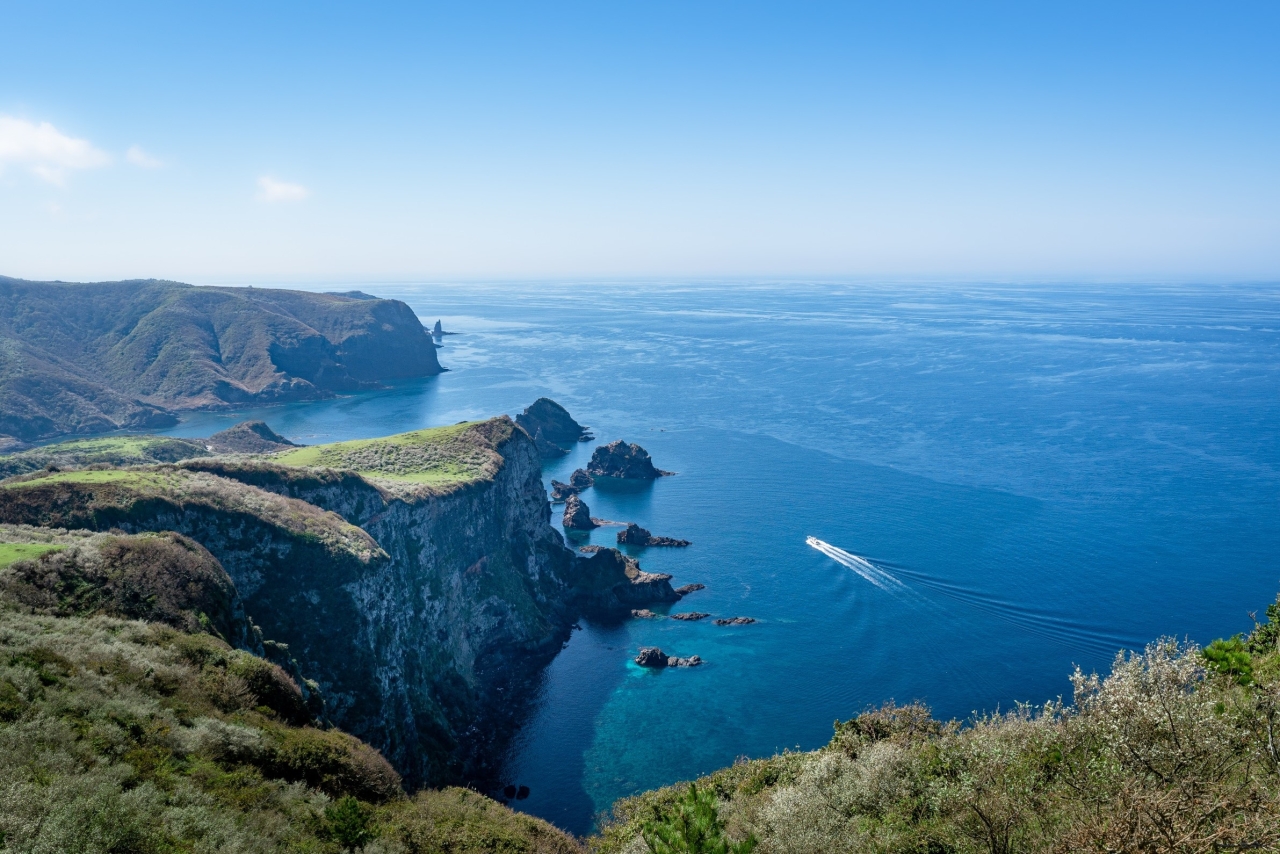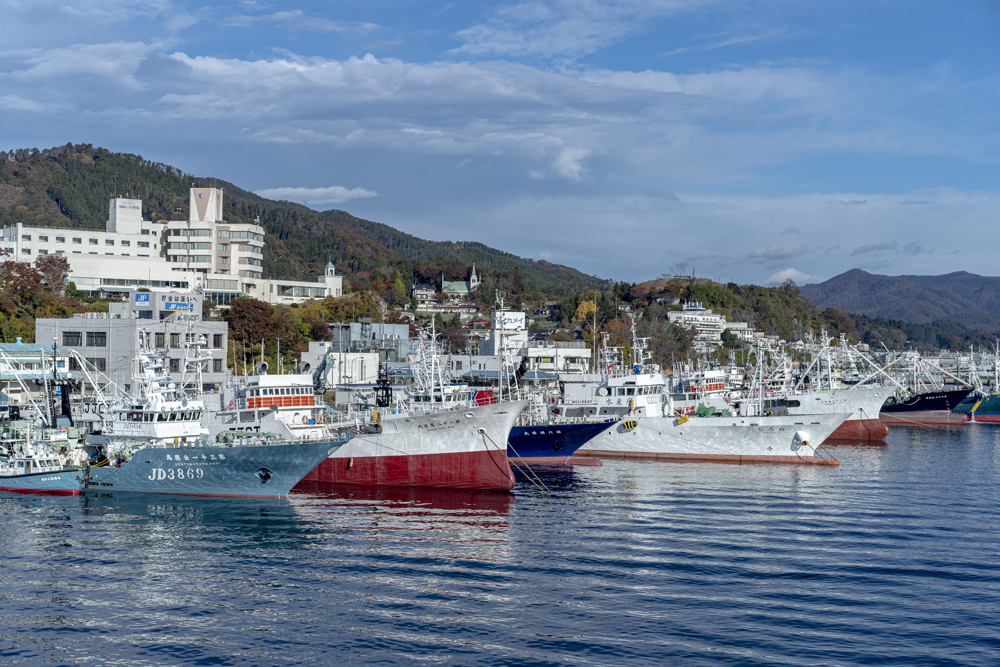CASE STUDY
Search by area
Search by keyword
- All
- Ryotei & Restaurants
- Lodging/Hotels
- Producers
- Technology
- DX (Digital) & SNS
- City Planning
- Utilization
- Gastronomy and Culinary
- Japanese Nature
- Japanese history and traditional culture
- Japanese Food Culture
- Agriculture
- Fisheries
- SDGs
- Local production for local consumption
- Foreigner Activation
- Experience
- Overseas Expansion
- Fermentation
- Public-private partnerships and collaborations
- Sake
- Community Revitalization
- Spirituality
- Japan of the Sea
- Mountain Japan
VIEW ALL
-
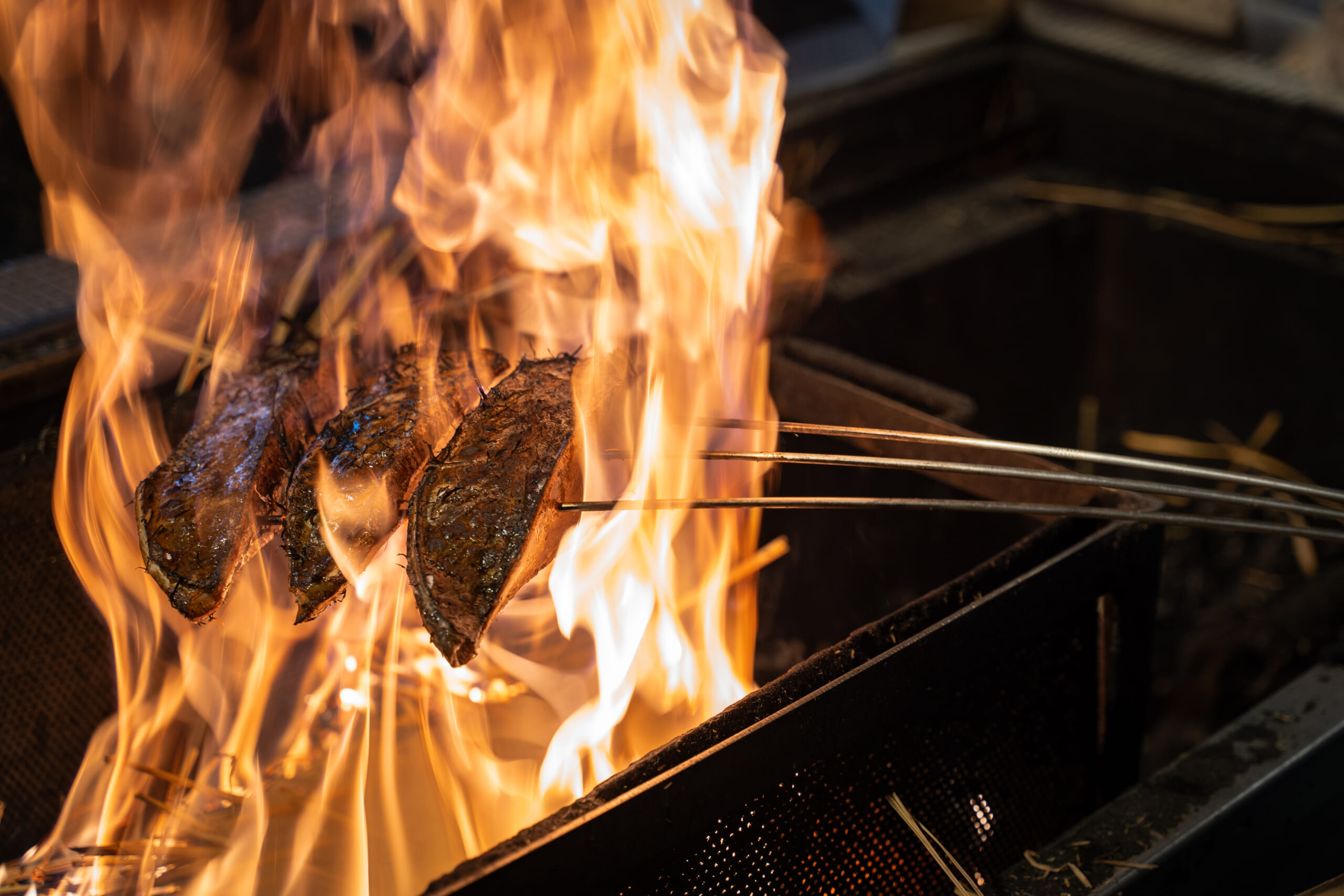
Chugoku
23 Highly Unique Regional Food Cultures Born from the Blessings of the Kuroshio Current
Kuroshio Town, located in the southwest of Kochi Prefecture, is home to an expansive coastline featuring stunning sandy and rocky beaches, as well as luscious green mountains. As its name suggests, it is flourished as a port town that was built on the blessings of the Kuroshio Current, which flows from the south coast of Japan up to the North Pacific Ocean. Since long ago, people in the town have lived alongside the rich fishing grounds provided by the Kuroshio Current. Although a wide variety of seafood is caught throughout the year in Kuroshio Town, the katsuo, or bonito, that arrive on the Kuroshio Current have played a particularly key role in the town’s food culture. The katsuo are caught using a more than 400-year-old technique called Tosa ipponzuri, which sees fishermen use a single rod and lure to lift fish from the sea. Kuroshio Town is still home to an abundance of traditions developed by the Kuroshio Current, and today it is working to incorporate new elements into these traditions to create new value.
Read more -
Chugoku
19 Finding Value in What Is Available The Fascinating Nature, People, History, and Food Culture of the Oki Islands
The Oki Islands are located 40–80 km north of the Shimane Peninsula. The Oki Islands consists of 180 islands of various sizes, four of which are inhabited, and blessed with abundant nature. These nature-rich remote islands have long been a place for interaction between people and culture. Historically, there were well-known as the place where Retired Emperor Go-Toba and Emperor Go-Daigo were banished, while the islands also flourished as a stopover for ships sailing the Sea of Japan during the Edo period. The rich and diverse cultures that have developed throughout this long history has been carried on to the present day. Fascinated by the charming way of life, many people have also moved to the Oki Islands. Records of the Oki Islands appear as far back as in the Kojiki, or Chronicles of Japan. Looking back on this history, today these migrants are working to create a new future for the islands. As remote islands, there are some things that are “missing” from the islands. However, people here have realized what “exists” only on these remote islands.
Read more -
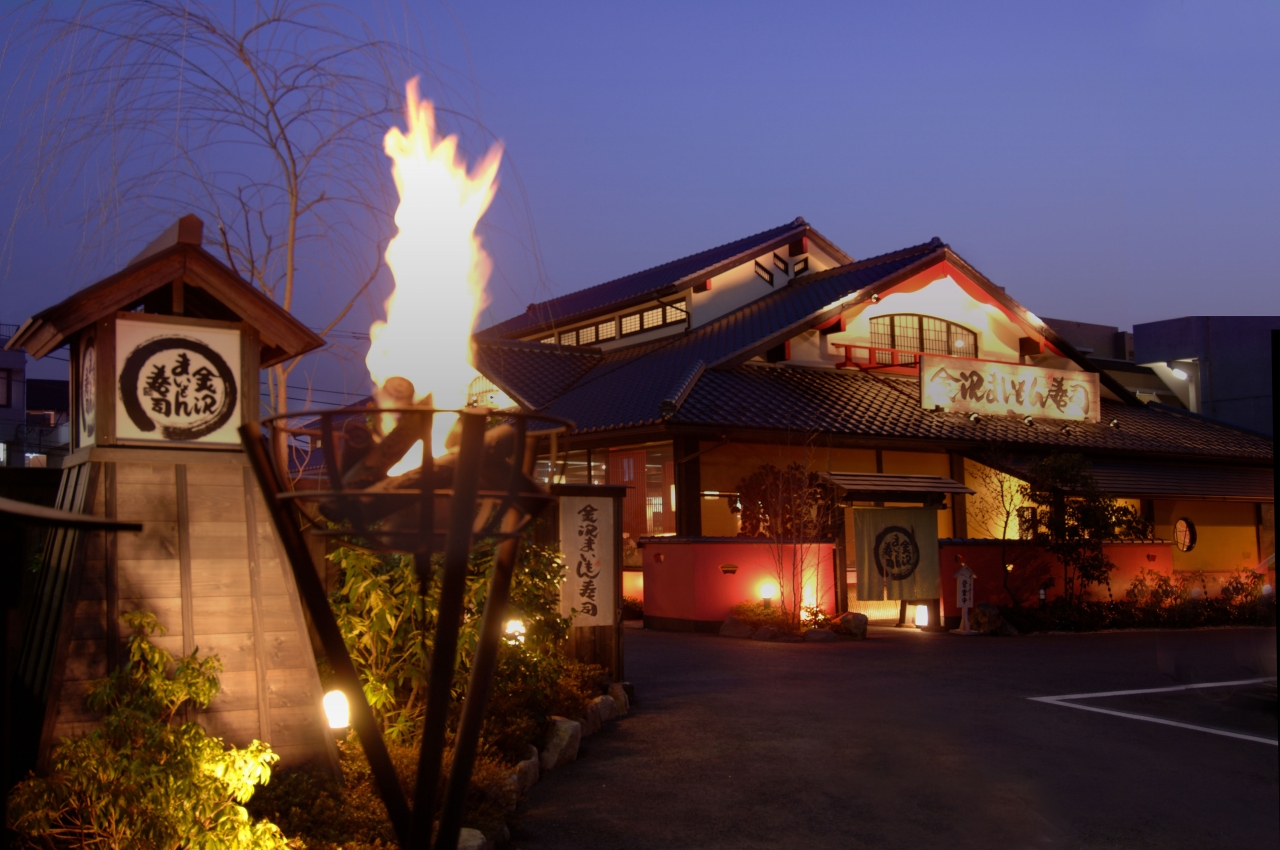
Hokuriku
16 SUSHI×TECHNOLOGY Pioneering the Future of Food Culture from Kanazawa.
Kanazawa City in Ishikawa Prefecture in Japan’s Hokuriku area is known for Kenroku-en Garden, Kanazawa Castle, and the Nagamachi Samurai District, all of which are steeped in the history and culture of the expansive former Kaga domain; as well as magnificent food culture that incorporates the delights of the Sea of Japan. Kanazawa Maimon Sushi was first launched in Kanazawa City in 2000. Extremely popular as a high-quality, gourmet kaitenzushi (conveyor-belt sushi) restaurant, Kanazawa Maimon Sushi has attracted a lot of media attention. M&K Corporation is the restaurant’s managing company, and using Kanazawa as its platform, it is currently working to expand the potential of sushi worldwide as a central element of Japan’s food culture. Kanazawa Maimon Sushi has in place a unique strategy for the future of sushi—this has the potential to impact significantly on food not only in Japan, but around the world.
Read more -
Kesennuma City in Miyagi Prefecture is surrounded by sea and mountain, and its port has landed the largest volume of katsuo, or bonito, in Japan for 25 consecutive years. During the 2011 Tohoku earthquake, however, the area in and around the city suffered huge damage. Now, Kesennuma is transforming into an attractive city with new ambition. With the worldwide support,the development is thanks to locals who rediscovered their city’s attractions and developed a strong desire to the reconstruction, and new individuals from outside who sympathized with the city’s passions. Today, both born and bred locals and supporters from outside the city are working together to create an integrated regional model. Welcoming outsiders with open arms and respecting diversity—speaking to those engaged in the creation of a new Kesennuma has helped to shine a light on the strategies and ideas involved.
Read more -
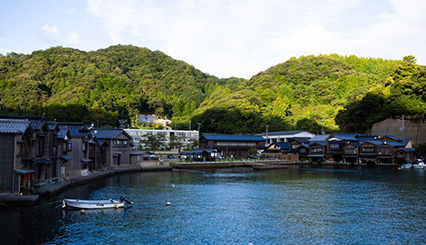
Kinki
14 Lifestyles in Close Proximity to the Sea.An Area that Brings Together Sustainable Development and Unique Attractions—Ine Town
Ine Town, located in the northern part of Kyoto Prefecture, is known for its funaya, or wooden boathouses. One of the most scenic spots in Japan, the town is frequently used as a filming location for movies and TV dramas. Visitors to Ine Town can experience what it is like to live closer to the sea than anywhere else in Japan. The sea and the fish within it could not be any closer. What is the best way to communicate the unique charms of Ine Town to the wider world? Today, the ideas of Ine locals are gradually taking shape. Be it initiatives to promote the area’s unique seasonal delights, including early summer oysters, autumn squid, and winter yellowtail; accommodation limited to one group per day where guests can fully enjoy being right next to the sea; or new tourism projects to further vitalize the town. Locals are steadily making progress toward the future while balancing the history and nature of Ine Town with entirely new elements.
Read more -
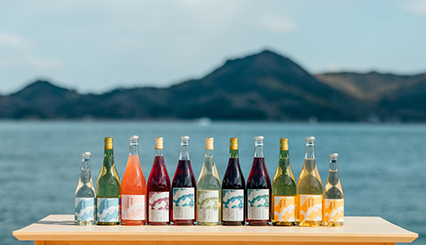
Chugoku
13 Creating New Value—the Setouchi Terroir
SETOUCHIJOZOJO, the closest winery to the sea in Japan, was established in 2021 on the remains of a shipyard in Sunami, an area in Mihara City in Hiroshima Prefecture. Right in front of the winery is Mihara-Seto, where is said to be one of the most popular sights of the Seto Inland Sea for the beautiful landscape of many islands. The winery’s buildings cut the landscape which is picturesque and spreads over wherever you see. The concept for SETOUCHIJOZOJO is “Wine and Winery that Travels around Setouchi.” Utilizing the unique features of each ingredients’ producing regions, they produce wine and cider without any additional sugar, placing the utmost value on the original flavor of the fruits and the producers’ thoughts and ideas. At the winery’s adjoining restaurant, Mio, visitors can enjoy pairing seasonal foods from the Setouchi area and various wines and ciders created from products from the mountains. The restaurant has recently garnering attention as a new tourist hotspot of the Seto Inland Sea. For Yuya Ota, owner of the winery and restaurant, this was not a family business, nor does he have any experience in winery and restaurant management. Ota says that the biggest power in setting up the business from the ground up was “co-creation with regional stakeholders.”
Read more
記事検索
キーワードから探す
- すべて
- Ryotei & Restaurants
- Lodging/Hotels
- Producers
- Technology
- DX (Digital) & SNS
- City Planning
- Utilization
- Gastronomy and Culinary
- Japanese Nature
- Japanese history and traditional culture
- Japanese Food Culture
- Agriculture
- Fisheries
- SDGs
- Local production for local consumption
- Foreigner Activation
- Experience
- Overseas Expansion
- Fermentation
- Public-private partnerships and collaborations
- Sake
- Community Revitalization
- Spirituality
- Japan of the Sea
- Mountain Japan
VIEW ALL


